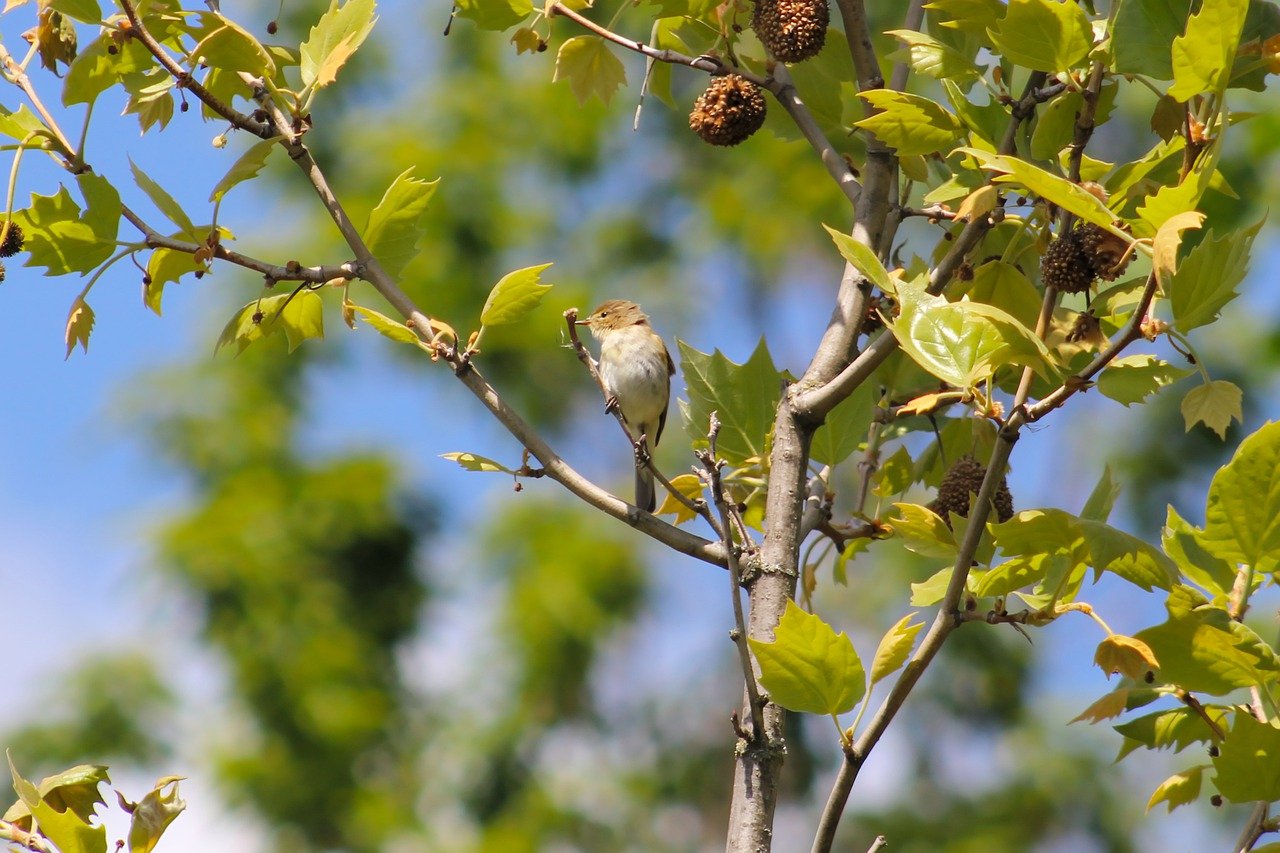Species trends, turnover and composition of a woodland bird community in southern Sweden during a period of fifty-seven years
DOI:
https://doi.org/10.34080/os.v20.22641Keywords:
territory mapping, population studies, passerines, marginal habitat, habitat selection, PasseriformesAbstract
The number of small passerine bird territories was determined annually during 57 years (1953–2009) in a 13 ha broadleaf deciduous wood with several grazed glades, surrounded by crop farmland in southernmost Sweden. Only marginal habitat changes occurred. Both number of species and number of territories increased. Resident species and short-distance migrants tended to increase whereas tropical migrants declined. Many of the changes were similar to trends recorded by the national Breeding Bird Survey, suggesting that they were due to regional population trends. Notable changes were: former dominant Willow Warbler now rare but closely related newcomer Chiffchaff now well established, Garden Warblers replaced by Blackcaps, Tree Pipit strong recent decline, increase of cavity-nesting Great and Blue Tits, locally extinct Yellowhammer recovered. Species turnover between adjacent pair of years was without trend but turnover increased with increasing distance between pair of years predicting complete turnover by about 2190. A comparison with a larger oldgrowth wood nearby indicated no obvious effects of the small size and narrow configuration of the study site on its community.
Downloads

Downloads
Published
How to Cite
Issue
Section
License
Copyright (c) 2010 Sören Svensson, Ann Mari Thorner, N Erik I Nyholm

This work is licensed under a Creative Commons Attribution 4.0 International License.
The copyright of each contribution belongs to the author(s), but all contributions are published under a Creative Commons license, so that anyone is free to share and reuse the contribution as long as the copyright holder is attributed.







